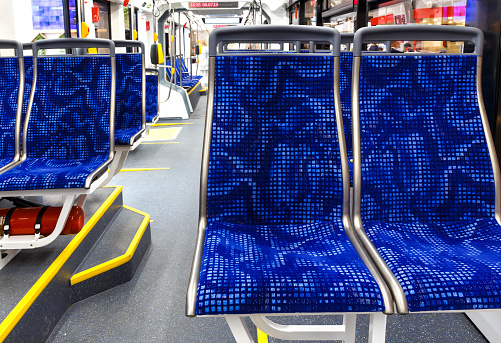Dangers of Fixing Extra Seats In Commercial Buses



The habit of setting up a new arrangement of seats in commercial buses is becoming a popular practice among Nigerian bus drivers.
Figures have it that over 70% of commercial buses imported into the country are used buses that had been furnished and re-painted before bringing them down to Nigeria.
Despite the above issue, the individuals who usually purchase those buses do find ways of making better income from the bus within a short time and one of the ways is by removing the original seats that usually accompany those buses and replacing them with locally fabricated commercial bus seats sold in Nigeria.


Though most people do not understand the reason for this action some that are in the field know why.
It has been observed that the original seats that accompany those buses were meant to carry only three people per seat and three lines of the seat after the driver’s seat at the front.
This simply means it can carry a total number of 12 persons including the driver.
While the fabricated local seat is meant to carry four people per seat and has four lines of the seat after the driver’s seat at the front, which means the bus can carry a total number of 19 persons including the driver.


Even though the arrangement may help the owner to generate more money from the bus within a short time, the practice has its own disadvantage over the lifespan of the bus.
When the bus is subjected to such loading regularly it will lead to the subsequent breakdown of parts and malfunctioning of the bus because it is working in an overload condition always.
A commercial driver reported how he was able to recover the cost of his bus purchase within one year but at the end of his success story, he made an ugly remark that he sublet the said bus to another driver who will be giving him weekly payment from the profit the driver will be making.
But reasoning it in a technical way, there is every possibility that he will be having problems with the driver because the bus will be experiencing frequent breakdowns due to the longtime overloading practice that it had been used in the past, thereby increasing the fatigue rate of the parts.


